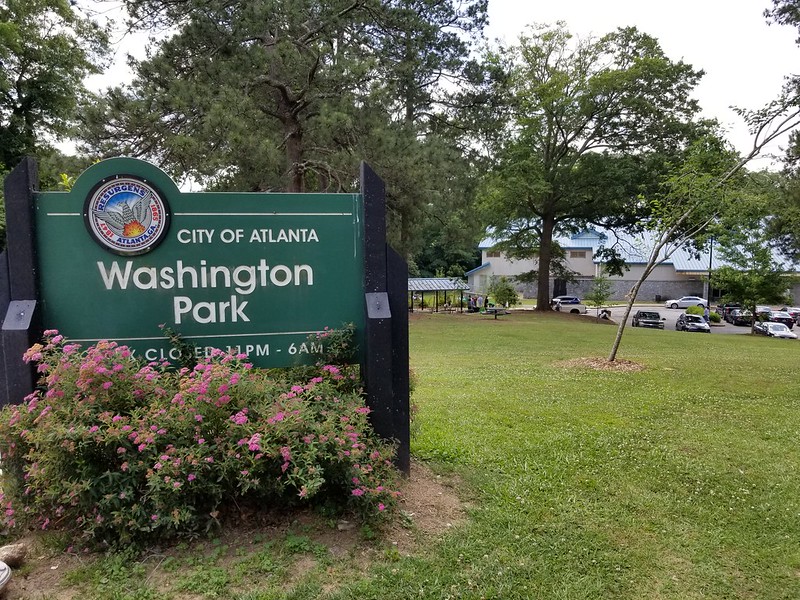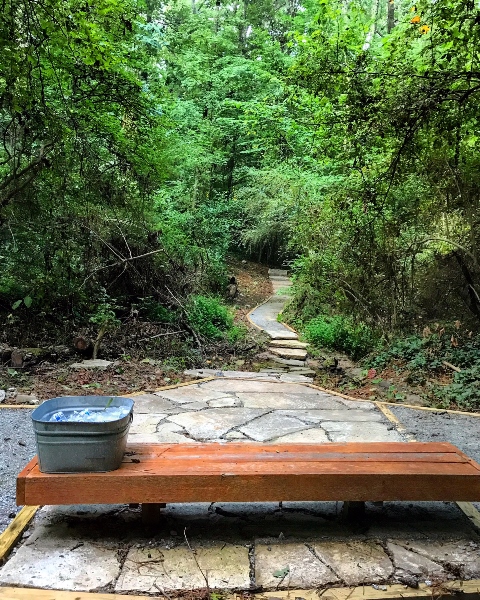The long weekend created by the Martin Luther King, Jr. National Day of Service (coming up on January 17!) is a great opportunity to get outside and explore Atlanta’s parks, especially those with significance to Black history. We highly recommend a visit to the three parks below:
Washington Park

At the time of its development in 1919, Washington Park on Atlanta’s Westside was the first and only park in the city designated for African-Americans. When Martin Luther King, Jr. visited a park, Washington Park would have been the only public greenspace available to him, his family, and his friends.
Washington Park celebrated its centennial anniversary in 2019, marking 100 years of inviting community gatherings, providing a safe place for kids to play, and an providing an opportunity to enjoy access to nature.
Located on the northern end of the Atlanta BeltLine Westside Trail, visitors to Washington Park can enjoy the natatorium, playing tennis, a playground, and pavilions and grills for picnics.
Learn more about this greenspace from the Conservancy at Historic Washington Park.
Better yet, plan a visit!
Jennie Drake Park
 Jennie Drake Park is a 4-acre natural, passive greenspace nestled within the historic and iconic African-American neighborhood of Collier Heights in Northwest Atlanta. Collier Heights, home to such prominent Black families such as the Kings, Hollowells, and Abernathys, was also home to Atlanta native Jennie Drake, who fought against the development of the park which now bares her name.
Jennie Drake Park is a 4-acre natural, passive greenspace nestled within the historic and iconic African-American neighborhood of Collier Heights in Northwest Atlanta. Collier Heights, home to such prominent Black families such as the Kings, Hollowells, and Abernathys, was also home to Atlanta native Jennie Drake, who fought against the development of the park which now bares her name.
Read more about the rich history of Collier Heights from Atlanta Magazine and enjoy a stroll through Jennie Drake Park’s meandering and peaceful pathways.
A Separate Peace: Collier Heights
Oakland Cemetery
Oakland Cemetery is another City of Atlanta park with a history deeply rooted to the African-American community.
From the Historic Oakland Foundation’s blog, beginning in 1852 and through the late 1860s, African Americans in Atlanta were buried in a segregated section of the cemetery. Most, though not all, of the individuals buried in this northeast corner of the cemetery were enslaved, and it came to be known as Slave Square. Panels on site hold the names of the men, women, and children who were buried here.
Learn more about the history of Slave Square in advance of your visit to Oakland Cemetery.
